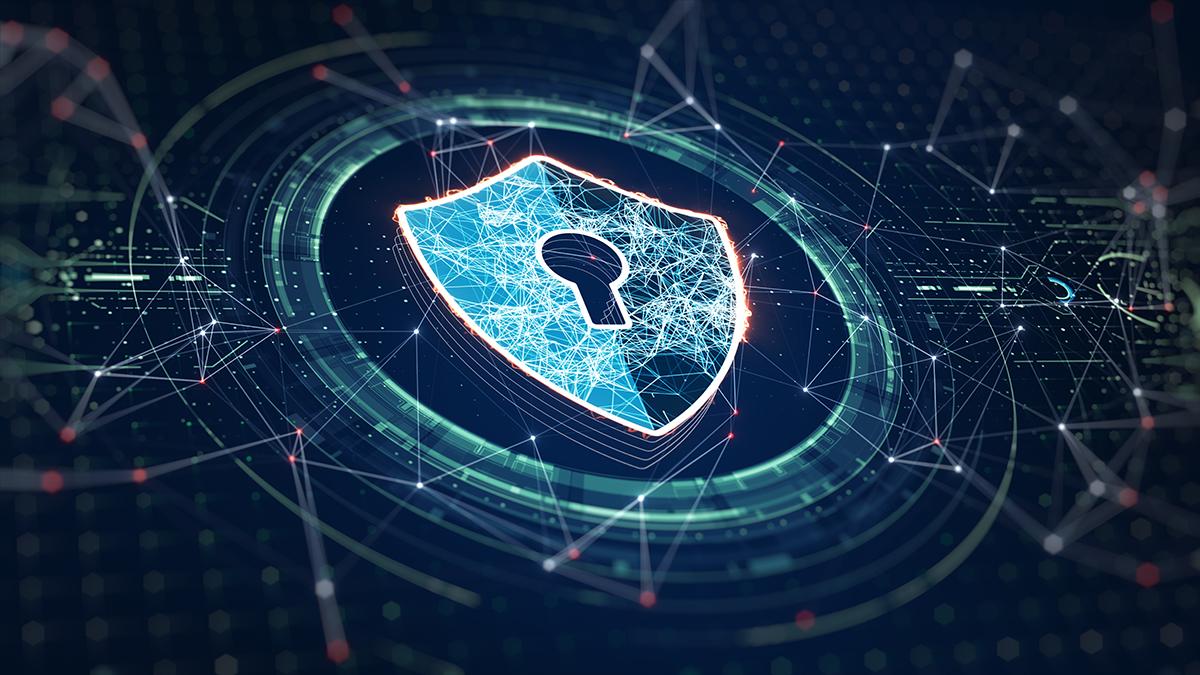Why Managing Your Cybersecurity Renewals Isn’t Just Good Practice – It’s Good Business
02 June
In today’s fast-moving digital landscape, managing your organisation’s cybersecurity infrastructure is no small feat. Security hardware, software, and licences must all be properly aligned to protect your business from ever-evolving threats. But for many IT teams, simply keeping track of what’s in place—and what’s coming up for renewal—can quickly spiral into a full-time job. And that’s if it’s done at all, let alone done well.
At a glance, renewals might seem like routine admin. In reality, they’re critical touchpoints where costs, coverage, and compliance either come into alignment—or drift into risk. The challenge? Ensuring you have enough licences to meet demand without overspending on resources you don’t need. Over-provisioning wastes budget. Under-provisioning compromises protection. Striking the right balance is not easy, but it’s where true value lies.
That’s where our expert-led Cybersecurity Renewals Management Service comes in.
We take the guesswork out of security asset lifecycle management. Our team works closely with you to ensure all your cybersecurity products—whether hardware appliances, endpoint protection, firewalls, or software licences—are up to date, right-sized, and optimised for both security best practice and operational efficiency.
Many of our clients are surprised not only by how much risk they’ve inadvertently been carrying but also by the significant savings we help uncover. By eliminating unnecessary renewals, consolidating assets where possible, and providing clear visibility of upcoming expirations, we help reduce both cost and complexity.
But this isn’t just about saving money. It’s about ensuring your business stays resilient and protected, without the administrative overhead or uncertainty. Our managed service gives you peace of mind that all components of your cyber defences are where they should be—without gaps, overlaps, or guesswork.
The benefits of Renewals Management:
1. Continuous Protection
-
Licenses and subscriptions: Most cybersecurity tools (e.g., antivirus, firewalls, endpoint protection, SIEM systems) operate on subscription models. Letting these expire can leave systems unprotected.
-
Threat intelligence updates: Renewals ensure ongoing access to real-time updates that detect and respond to emerging threats.
Compliance and Regulatory Requirements
-
Many industries are governed by standards (like GDPR, HIPAA, PCI-DSS, or ISO 27001) that require active, up-to-date security controls. Letting tools lapse can lead to non-compliance, legal issues, and fines.
Patch Management and Security Updates
-
Renewals often include access to software patches and updates that fix known vulnerabilities. Without renewal, organizations risk running outdated systems with exploitable flaws.
Operational Continuity
-
Critical security solutions like identity management, VPNs, or endpoint detection and response (EDR) play a key role in daily operations. A lapsed license can interrupt services, causing downtime, productivity loss, or security gaps.
Cost Efficiency
-
Proactive renewals often come with discounts or bundle offers. If tools lapse, organizations may incur higher costs to reinstate services or recover from breaches that occur during the gap.
Reputation and Trust
-
A security incident due to lapsed protection can damage an organization’s reputation. Renewals help ensure trust with customers, partners, and stakeholders by demonstrating a commitment to cybersecurity.
Incident Response Readiness
-
Security solutions with active subscriptions often include support, forensics, or incident response assistance. Without renewal, access to these vital services may be denied when needed most.
In short: cybersecurity renewals aren’t just a task to tick off. They’re a strategic opportunity. And with our help, they can become a powerful tool for improving both your security posture and your bottom line.
Ready to take control of your renewals?
Get in touch with our team today and discover how much smarter—and safer—your cybersecurity management can be.
